Tenerife has been increasingly in the spotlight as a place for working remotely.
In fact, Nomad List, the well-known database of remote work destinations, currently has it ranked #7 globally based on variables such as cost, WiFi, and climate. This makes it higher-ranked than nomad hotspots like Tulum, Ubud on Bali, or Medellin.
I spent some time working from different locations on Tenerife, so I can share with you some of my impressions here.
Tenerife is not always the most “authentic” island from a tourism point of view; some parts are very mass tourism-oriented, although you can escape this particularly in the north and northeast. Tenerife is definitely ideal for remote working, especially if you’re looking to escape the European winter.
For more about hiking and tourist activities in Tenerife, don’t miss my Tenerife travel guide. For a comparison with Gran Canaria, view my Canaries nomad guide.
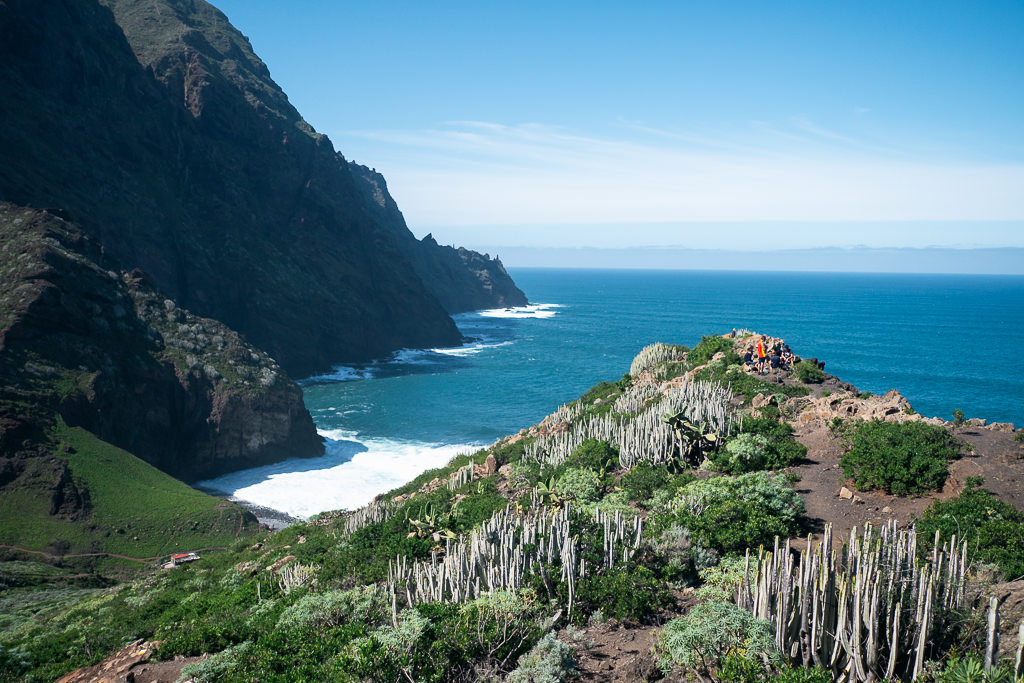
Why work remotely from Tenerife?
Tenerife had seen a steady trickle of nomads arriving over the past few years, but it seems it really got onto the nomad map in 2020.
During my stay I spoke with Tenerife Work & Play, a local initiative, who told me the covid-19 pandemic had led to overwhelming interest, as Europeans sought sunny places to work while having the opportunity to work remotely.
This was also exactly why I’d come to the island; a chance to avoid winter lockdowns and spend my time working online and hiking on the weekends.
Tenerife definitely has some attractive qualities for a remote work location.
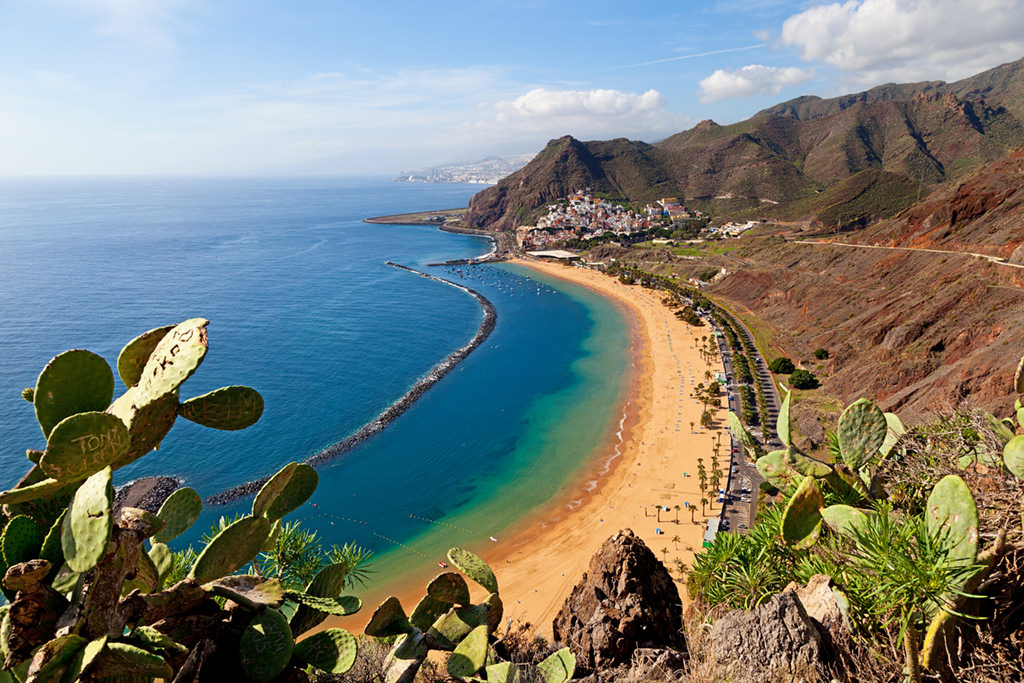
Perfect climate. Being at a similar latitude as southern Morocco, the winters on Tenerife are still sunny and warm. Thanks to being in the Atlantic, the summer also doesn’t get too hot.
Convenient. It may seem remote due to its distance from continental Europe, but Tenerife is highly developed and is an easy place to live. Amazon.es delivers to Tenerife, and there are all the stores, gyms, and other conveniences you might need. Don’t think of it as a remote island so much as it has all the facilities typical of mainland Spain.
Easy to reach. Thanks to Tenerife being a big tourist destination (especially the south), you can easily fly there from almost anywhere in Europe and these flights are often very cheap.
Reasonable costs. It’s not as cheap as, say, Thailand, but the costs in Tenerife are certainly low by European standards. An apartment may cost about 1000 EUR a month. Keep in mind the more local north of the island is cheaper than the touristy south.
Outdoors. Activities like hiking, surfing, paragliding, and scuba diving are all easy to do on this large volcanic island.
When speaking to other nomads on Tenerife, other benefits that I heard mentioned quite a few times included a high level of safety (including for solo women) as well as a ‘complete lack of mosquitos compared to Bali’, which I thought was a funny but valid thing to mention!
Digital nomad & remote hubs on Tenerife
Unlike other destinations, on Tenerife there isn’t really one single area where all digital nomads or remote workers hang out.
If you are staying for only a short while or want to be able to immediately socialize and meet up with many digital nomads, then perhaps Las Palmas on the island of Gran Canaria may be a more favorable location, as it has a more concentrated nomad community. (On Gran Canaria, most people seem to hang out in the capital.)
That said, Tenerife benefits from having several specific areas spread out over the island. Co-living places will also provide a lot of instant socialization and community if you’re looking for this.
Here are some suggested places to look for on Tenerife.
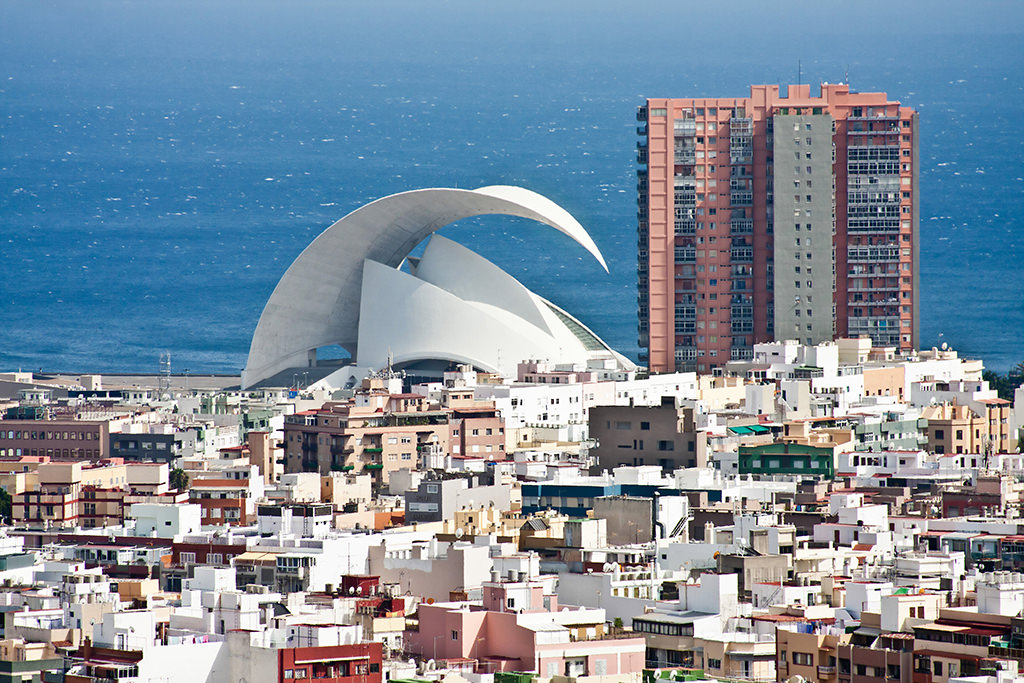
Santa Cruz
The Tenerifian capital city has by far the most co-working locations and the most local accommodation.
From Santa Cruz it’s 20 minutes to the beach, 30 minutes to the mountains, and 20 minutes by tram to the charming historical town of La Laguna. This makes it a great base.
I liked Santa Cruz but I should mention it has the least appeal in a tourist sense. It feels very much like a normal city, with plenty of modern apartment blocks, shopping centers, several busy highways, and so on.
Santa Cruz is an ideal spot for just ‘living like a local’, and you may be able to benefit from relatively cheaper rents in this city compared to other locations that are more favored by tourists and expats, though in my opinion it is not necessarily the most beautiful or historic place on the Canaries.
Public transport connections from Santa Cruz are predictably very good though since it’s the capital, so that is another factor weighing in its favor.
The co-working offices in Santa Cruz appear to be more oriented to local Spaniards, which can be a pro or con depending on what you’re looking for. The co-work Workeamos comes most recommended by nomads, as it said to have a mix of locals and foreigners working from there.
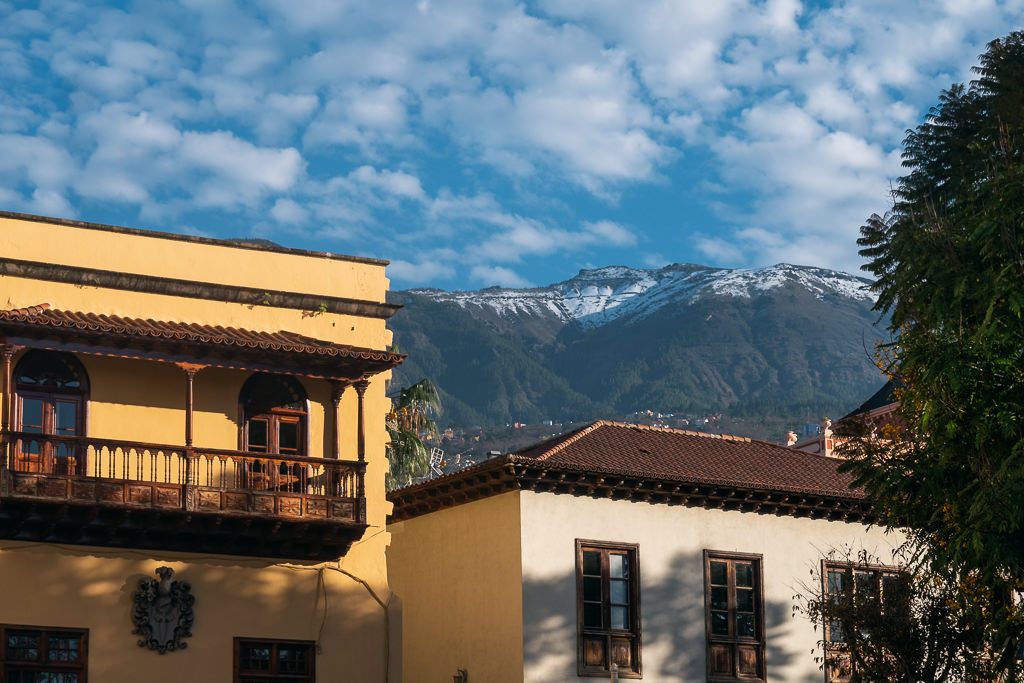
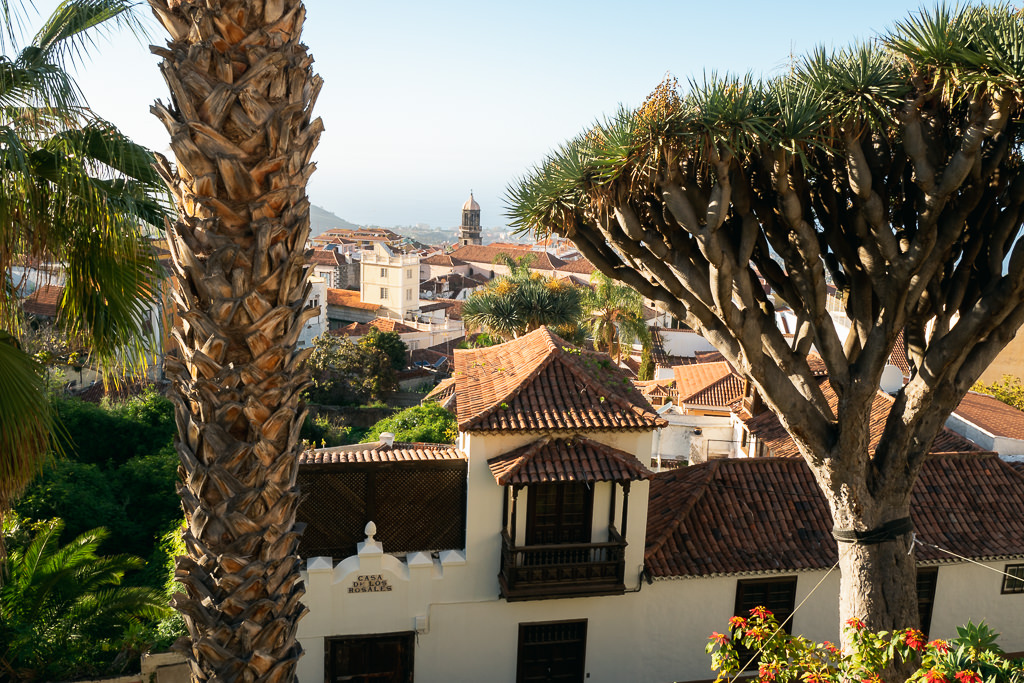
La Oratava
This town could be your best pick if you’re more into staying in a characteristic old town. La Oratava has its share of historical buildings, a nice municipal garden, and lovely views of the Mt. Teide volcano.
La Oratava is located in the very north center of Tenerife, about half an hour’s drive from the northern airport. This side of the island tends to be greener but also wetter as it faces the Atlantic trade winds. Those who prefer the beaches and surfing may want to look further south, but I happened to like the north quite a lot, as it’s more the zone where local people tend to live.
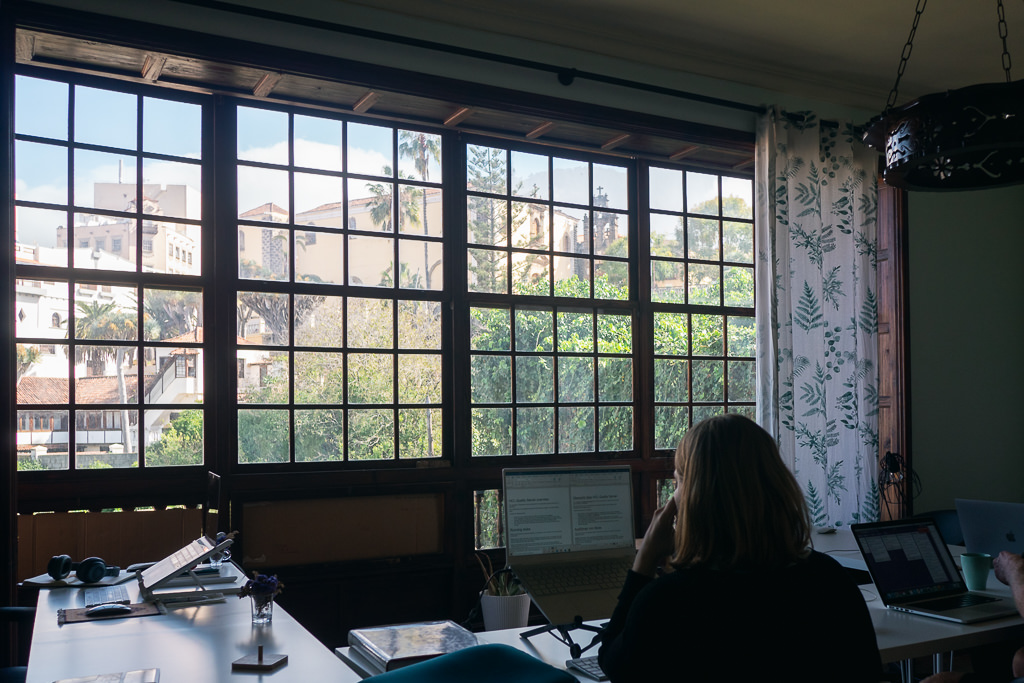
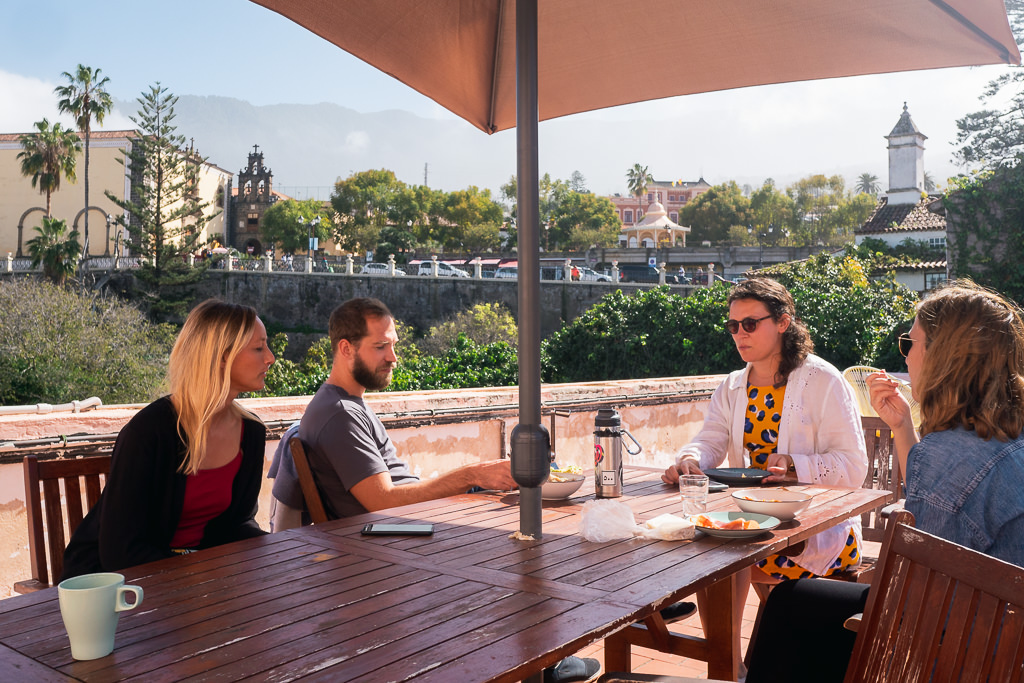
The best thing about La Oratava is that it’s home to Nine Coliving, an amazingly homely coliving inside a historic building. It has a co-working office that overlooks the town’s main square, a rooftop terrace, and various accommodation offerings. I did not stay at Nine Coliving but I visited it and was impressed with the overall vibe, which seemed very communal and cozy.
There is also a local co-working office called Tándem a short walk from the town’s center.
Despite being a smaller town, La Oratava has plenty of conveniences including a small shopping center, many restaurants, and several gyms.
South Tenerife (El Medano)
The south of Tenerife is in general way more commercialized than the north. I have to be honest: the resort areas of Los Cristianos and Playa de las Américas did not appeal very much to me. It’s really a mass tourism hub for people on package holidays or for British groups that want to party 24/7. Lots of high-rise hotels, mega resorts, etc.
Not to be too snooty, I should say that this can probably be quite a fun area, as there is lot of entertainment around as well as jet-skiing, scuba diving and windsurfing.
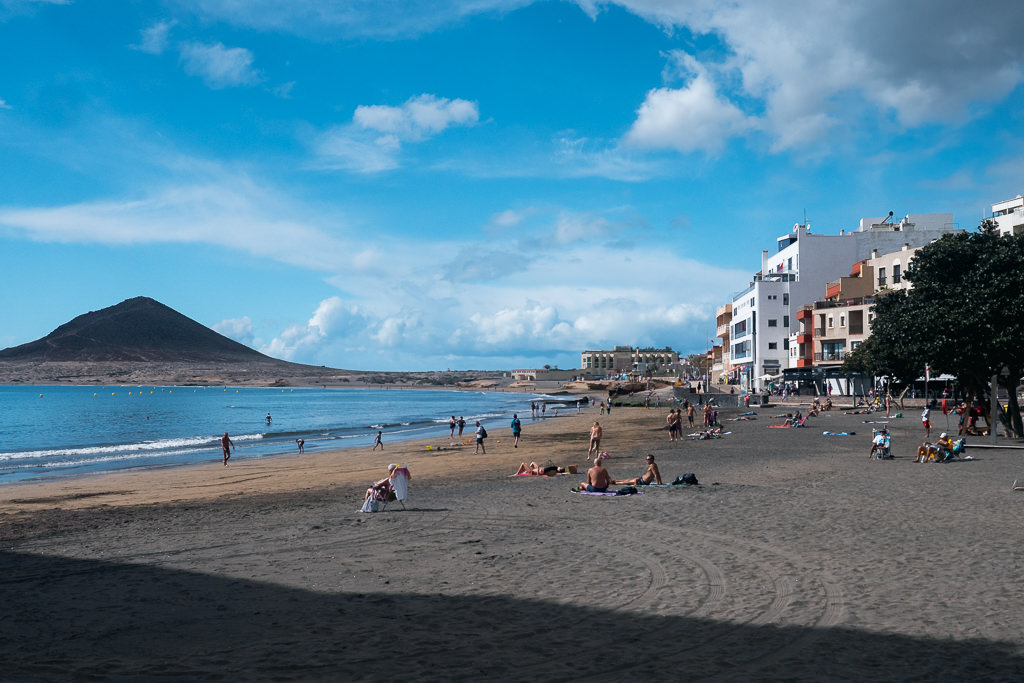
But if I had to recommend an area in the south, it would be the town of El Medano. It’s a very short drive from the southern airport but far away from the hubbub of the major resort areas. It’s a really nice and liveable place with mostly low-rise development and plenty of local shops and restaurants mixed with the tourist-oriented ones.
El Medano is the perfect choice if you want to be in the best climate zone in Tenerife and like to spend lots of time in and around the sea. The town has about half a dozen surf shops and several kitesurfing schools.
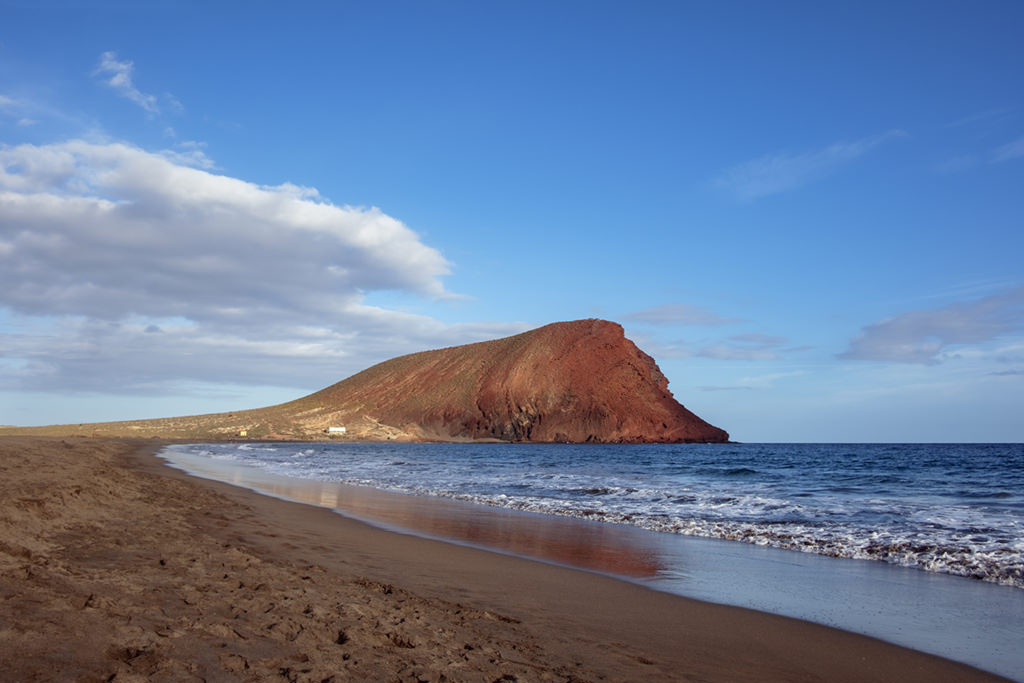
Work ‘n Mates is the local co-working office in El Medano. Relatively nearby to El Medano is Amarilla Coliving. This is a set of holiday villas and apartments which a few years ago were reimagined as a digital nomad and remote worker community.
La Laguna
San Cristóbal de La Laguna is the historic capital of Tenerife and the place that was once first colonized. If you take the tram, it’s about 20 minutes from the modern capital Santa Cruz.
I stayed in La Laguna for a while and just purely based on the charms of the city it was my favorite place. I would argue the pedestrianized center of La Laguna is the most beautiful and cozy in Tenerife. Sometimes the colorful low-rise buildings reminded me a bit of colonial towns in South America, which is not a coincidence of course.
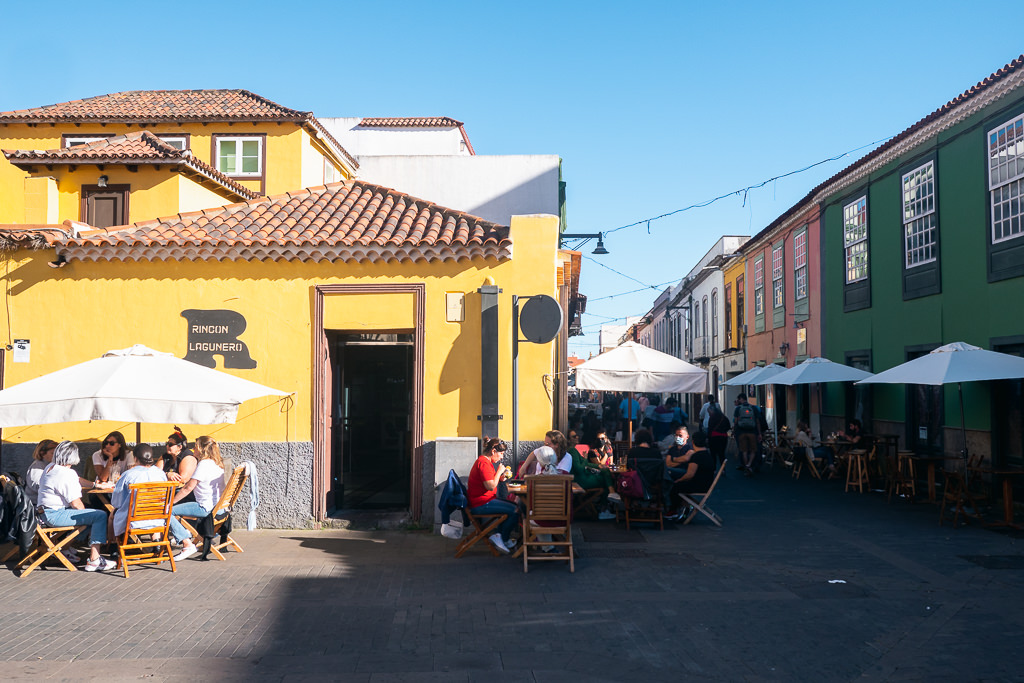
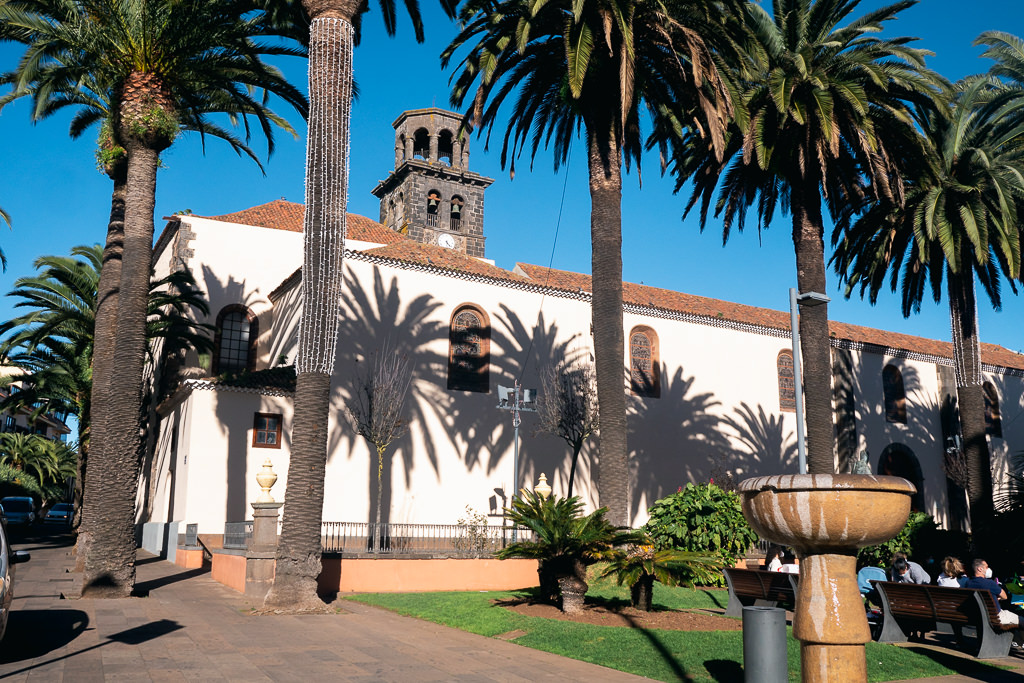
I enjoyed the selection of nice restaurants, craft beer, specialty coffee, and brunch places in La Laguna, which formed part of an enjoyable routine during my stay. La Laguna is also known a bit as a university town so there are plenty of cheap eats and bars set up for students.
There aren’t co-works or co-livings to recommend in La Laguna. It’s more of a place to stay in an apartment (which is what I did).
La Laguna has just one downside: since it’s located at a higher elevation, it gets quite a bit colder there. Whereas on the coast I could still walk in a t-shirt even in winter, I often had to grab my coat in La Laguna. This microclimate is probably why you hear less about La Laguna among remote workers, but I still think its charms deserve a mention!
Candelaria
Finally, I should mention this small town near the sea on the eastern coast near Santa Cruz.
Maraya Coliving is based here, which was still under construction while I was on Tenerife, but has now opened its doors.
View this post on Instagram
WiFi speed on Tenerife
The internet is fantastic on Tenerife and on the Canaries generally, so you don’t have to worry about this.
While staying in different places on Tenerife, I regularly had speeds that were faster than my home fiber internet on mainland Portugal.
The Canaries benefit from having many undersea internet cables routing through them, as well as having high-speed fiber internet in nearly all of the developed areas. I did find that several areas had poor ADSL internet only, such as Punta del Hidalgo (in a remote corner) or in the mountains around the central crater. I mention this only as I was searching for Airbnbs in more remote areas; the normal towns and cities have great internet.
Of course, if you stay in accommodation specifically targeted to digital nomads (like the co-livings and co-working offices mentioned here), you’ll be guaranteed of a great connection.
4G/5G coverage is also strong basically anywhere near civilization.
Co-working spaces on Tenerife
There are ample co-working spaces on Tenerife. The official site of Tenerife Work & Play maintains a great list of them.
Working from cafes on Tenerife
If you love working from cafes, then you may find your options a bit limited on Tenerife. That doesn’t have to be a dealbreaker, of course, but you may find the type of cafes available may be a bit different from other nomad spots around the world.
There are mostly two types of cafes on the island. Either you have typical tascas that have metal tables, football on TV, and serve greasy tapas. Not great to work from. Or you have some rare few specialty coffee or pastry places, which are really more for having a trendy lunch than for plopping down your laptop for an extended time.
You may have some luck finding one or two laptop-friendly cafes in Santa Cruz or La Laguna, but it’s not (yet) a widespread phenomenon in the Canaries.
View this post on Instagram
Makika&Co, my favorite cafe in La Laguna. Nice cafes can be a bit hard to find though!
Living on Tenerife
While it’s digital nomads that have put Tenerife on the map as a place to work from, the local government and partners are especially keen on promoting it as a longer-term remote work location. If you’re thinking of making Tenerife your base there is a lot of support available.
Since the Canaries are a special territory within Spain, they benefit from a favorable business environment. For example, if you base your company there, you could benefit from a very low 4% corporate tax rate (though this does require having several local employees). You can read more about this at WhyTenerife.
If you subscribe at Tenerife Work & Play, you’ll receive a welcome package with a lot of information and discounts for various co-working offices and activities.
It’s also highly worth following the Tenerife Remote Workers & Digital Nomads Facebook group. From there, you may also get invited to more specific Slack spaces or Whatsapp groups.
Some links may be affiliate links, meaning I may earn commission from products or services I recommend. For more, see site policies.
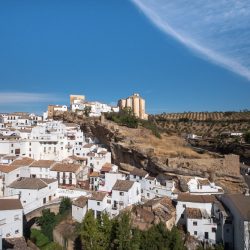





0 comments
Leave a comment
Your email address will not be published. Comments are manually moderated.